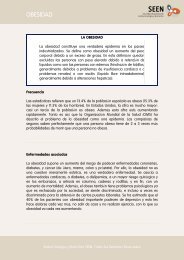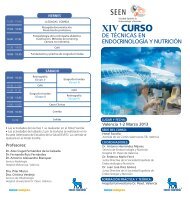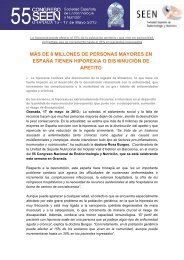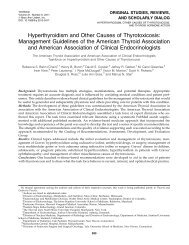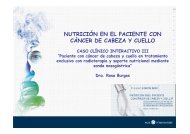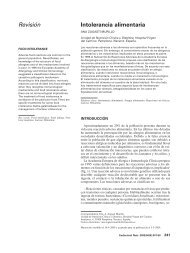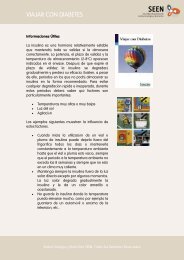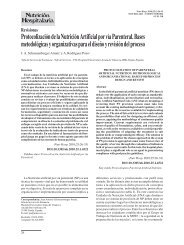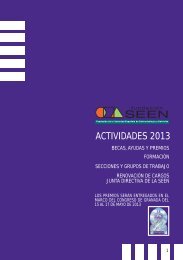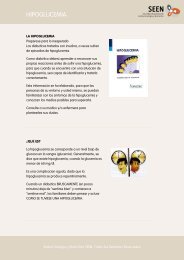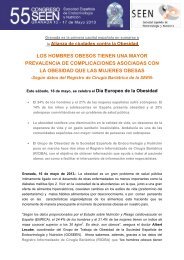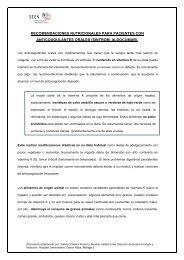Basic Concepts of Fluid and Electrolyte Therapy
Basic Concepts of Fluid and Electrolyte Therapy
Basic Concepts of Fluid and Electrolyte Therapy
Create successful ePaper yourself
Turn your PDF publications into a flip-book with our unique Google optimized e-Paper software.
Once resuscitation has been achieved as judged by normalisation<br />
<strong>of</strong> vital signs <strong>and</strong> urine output or <strong>of</strong> parameters from more invasive<br />
measurements, the prescriber should switch to a maintenance regimen<br />
with accurate replacement <strong>of</strong> any on-going losses. Exceeding<br />
such requirements, on the unwarranted assumption that the<br />
patient will excrete any excess, is deleterious to outcome <strong>and</strong><br />
delays recovery.<br />
b. Replacement: any fluid prescription should incorporate not only<br />
daily maintenance requirements, but replacement <strong>of</strong> any ongoing<br />
abnormal losses. In the case <strong>of</strong> a patient with losses from the gastrointestinal<br />
tract, e.g. from a fistula or from nasogastric aspiration,<br />
the fluid prescription should include the daily maintenance<br />
requirements plus like-for-like water <strong>and</strong> electrolyte replacement<br />
<strong>of</strong> any losses. In order to achieve this, the prescriber should be<br />
aware <strong>of</strong> the approximate electrolyte content <strong>of</strong> fluid from various<br />
parts <strong>of</strong> the gastrointestinal tract (Chapter 1, Table 3).<br />
c. Maintenance: Maintenance prescriptions should aim to restore<br />
insensible loss (500-1000 ml), provide sufficient water <strong>and</strong> electrolytes<br />
to maintain normal status <strong>of</strong> body fluid compartments,<br />
<strong>and</strong> sufficient water to enable the kidney to excrete waste products<br />
500-1500 ml (Chapter 1, Tables 2 <strong>and</strong> 3). The average person<br />
requires 25-35 ml/kg water, 1 mmol/kg Na <strong>and</strong> 1 mmol/kg K + per<br />
day. Examples <strong>of</strong> how to provide this maintenance requirement are<br />
summarised in Table 10.<br />
52




